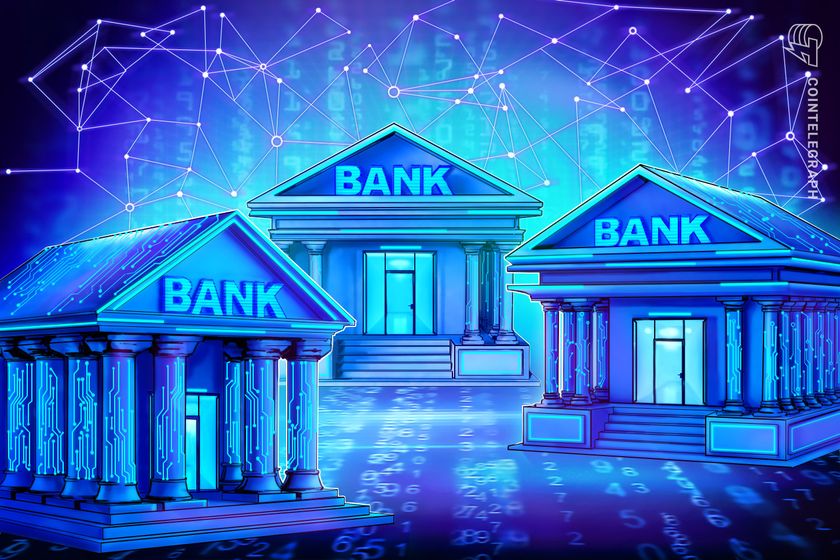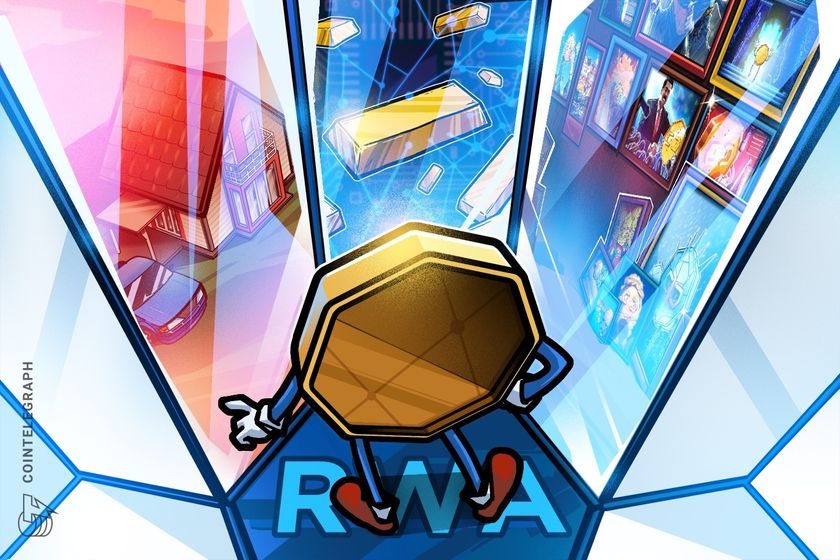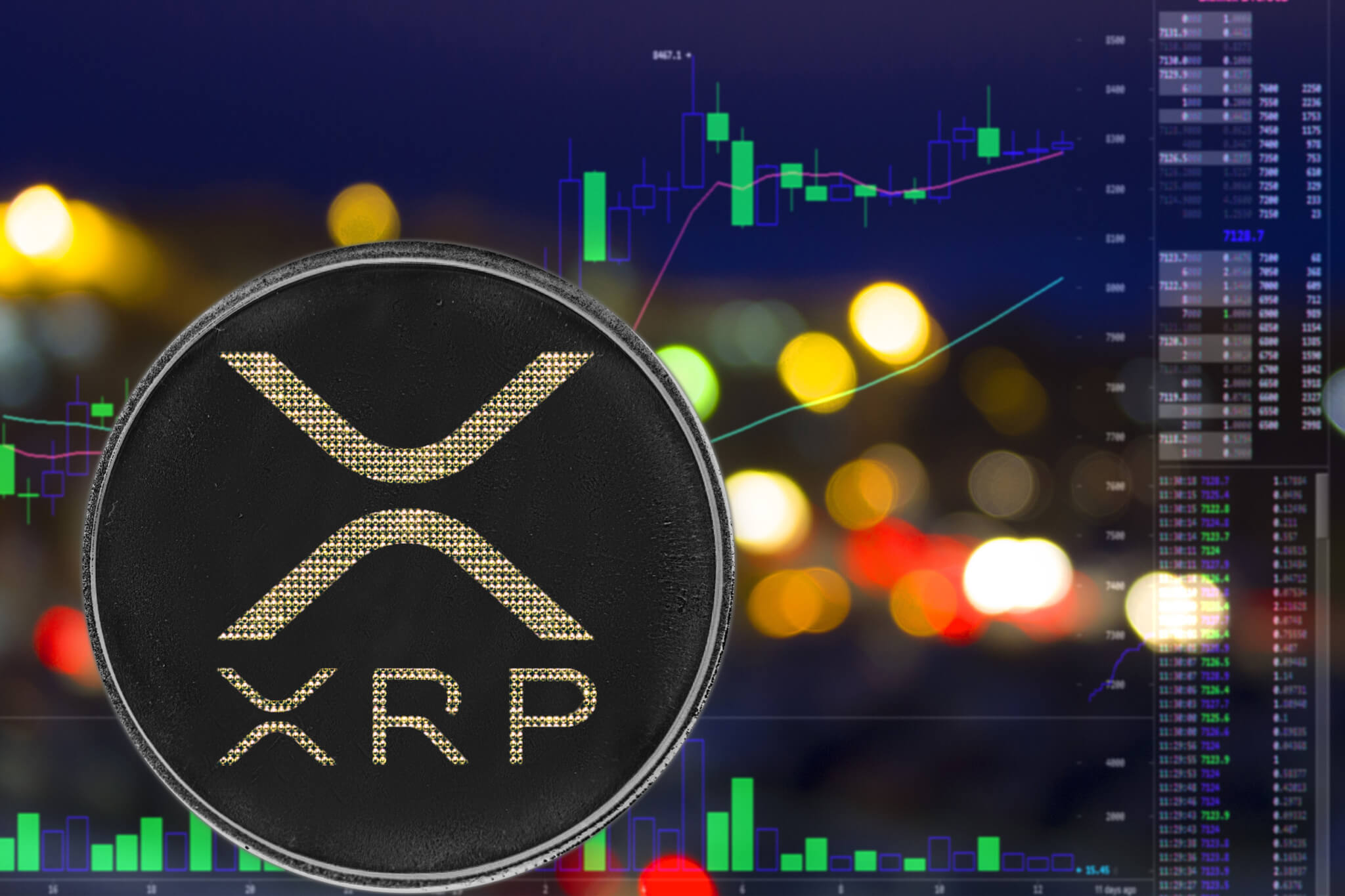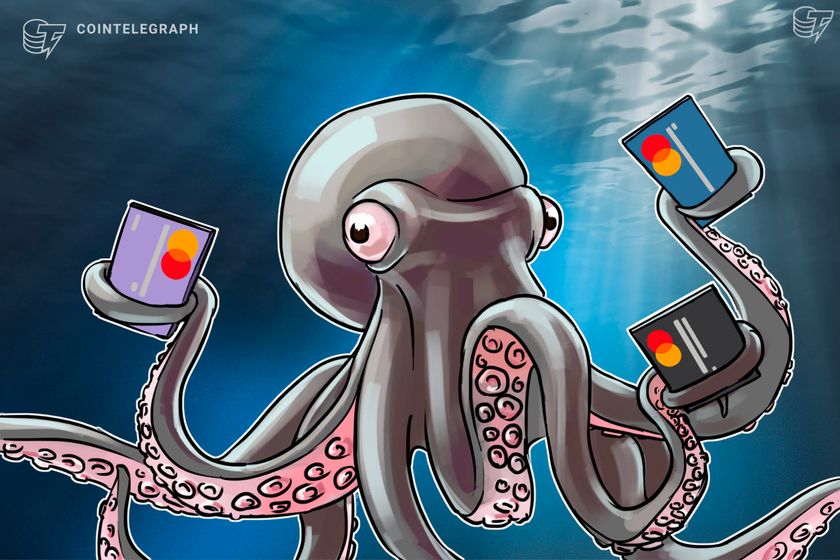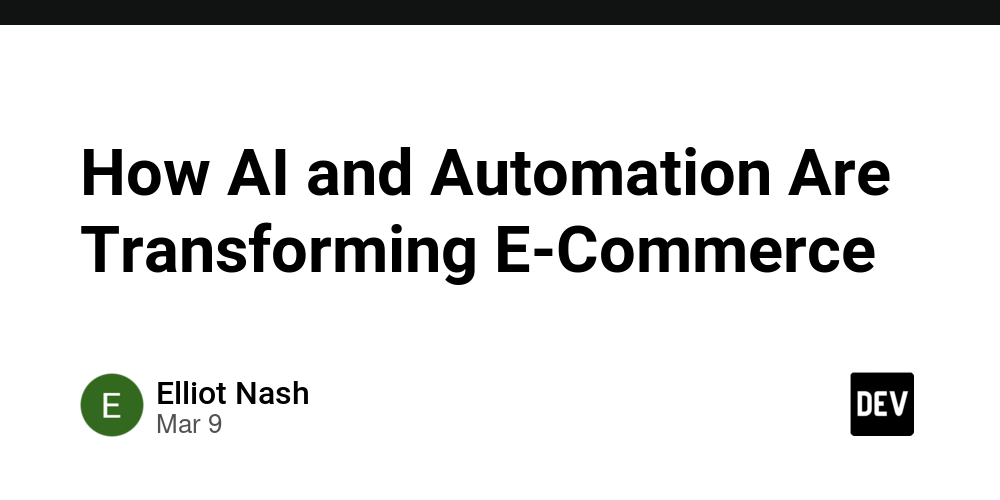The Rise of Dark Web Marketplaces After Major Takedowns
The dark web has long been a hotbed for illicit activity, hosting marketplaces where users can buy and sell drugs, weapons, stolen data, and more — all under the cover of encryption and anonymity. While authorities around the world have made significant efforts to dismantle these platforms, history has shown that takedowns often lead to a paradoxical effect: a resurgence of marketplaces, often more resilient and sophisticated than their predecessors. The Cycle of Takedowns and Resurgence Law enforcement agencies have conducted high-profile operations to shut down major dark web marketplaces. For instance, the takedown of Silk Road in 2013 was hailed as a victory against online crime. However, within months, multiple replacements had sprung up, each learning from Silk Road’s vulnerabilities. Operation Bayonet in 2017, which led to the closure of AlphaBay and Hansa Market, was another landmark operation. Yet, rather than extinguishing the dark web’s black markets, the action fragmented the landscape. Smaller, more niche marketplaces emerged, and vendors became more security-conscious, adopting better encryption practices and stricter vetting processes for new users. Why Marketplaces Reappear The persistence of dark web marketplaces can be attributed to several factors: Decentralization and Resilience: After each takedown, marketplace developers evolve their security models. Some platforms now use decentralized infrastructures, making it harder for authorities to pinpoint a single point of failure. Demand and Profitability: The sheer demand for illicit goods and services ensures that as long as there are willing buyers, sellers will find a way to meet their needs. The profit potential is enormous, incentivizing new platforms to emerge. Anonymity Tools: Technologies like Tor and cryptocurrencies provide users with layers of anonymity, making it difficult for law enforcement to trace transactions or identify users. What Is Dark Web and How It Fuels Marketplaces Understanding the dark web is crucial to grasping why these marketplaces persist. So, what is dark web? It refers to the hidden part of the internet not indexed by traditional search engines. It requires specific software, like the Tor browser, to access, and it’s designed to provide anonymity for users and site operators alike. The dark web isn't inherently malicious — it hosts legitimate activities, like whistleblower platforms and forums for free speech in oppressive regimes. However, its anonymity features also make it an attractive haven for criminal enterprises. Marketplaces operate like e-commerce sites, complete with product listings, reviews, and customer support, but for illegal goods and services. The Arms Race Between Law Enforcement and Cybercriminals Authorities have adapted their tactics in response to the dark web’s evolving landscape. Law enforcement now engages in more proactive measures, such as infiltrating marketplaces to gather intelligence or creating honeypot sites to catch criminals in the act. However, cybercriminals, too, have upped their game. Marketplaces now employ advanced encryption, multi-signature cryptocurrency transactions, and decentralized hosting to evade detection. Some even run invite-only models, making it difficult for outsiders to gain access. Community Trust and Reputation Systems Interestingly, many dark web marketplaces rely on community trust to thrive. After high-profile scams and exit scams (where marketplace operators vanish with users' funds), users have become more cautious. New platforms often implement escrow services and strict seller verification to build credibility and attract users. The Future of Dark Web Marketplaces Despite law enforcement's best efforts, the rise of new dark web marketplaces after major takedowns seems inevitable. The ecosystem continually evolves, with cybercriminals learning from past mistakes and implementing more robust security measures. This cycle highlights the resilience of the dark web and the persistent challenges facing authorities. As technology continues to evolve, both sides of this digital arms race will need to adapt, innovating in their efforts to either sustain or dismantle the dark web’s underbelly. Understanding what is dark web and its influence on the cybersecurity landscape is essential for businesses, policymakers, and internet users alike. As these hidden networks grow more sophisticated, staying informed and proactive is crucial to mitigating the threats they pose. The dark web's persistence is a stark reminder that while technology can be a force for good, it can also enable the darker aspects of human nature. The question remains: Can law enforcement ever truly extinguish these marketplaces, or will the dark web continue to evolve, staying one step ahead in the endless game of digital cat and mouse?
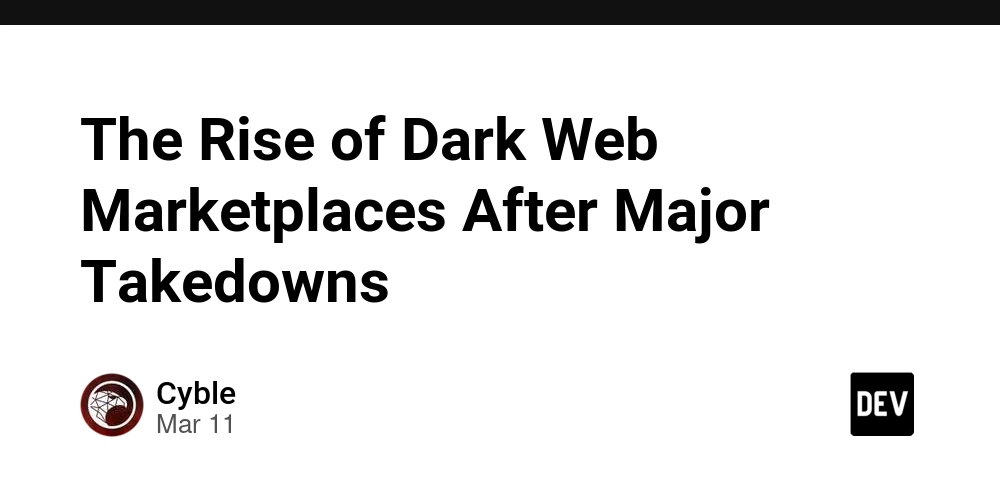
The dark web has long been a hotbed for illicit activity, hosting marketplaces where users can buy and sell drugs, weapons, stolen data, and more — all under the cover of encryption and anonymity. While authorities around the world have made significant efforts to dismantle these platforms, history has shown that takedowns often lead to a paradoxical effect: a resurgence of marketplaces, often more resilient and sophisticated than their predecessors.
The Cycle of Takedowns and Resurgence
Law enforcement agencies have conducted high-profile operations to shut down major dark web marketplaces. For instance, the takedown of Silk Road in 2013 was hailed as a victory against online crime. However, within months, multiple replacements had sprung up, each learning from Silk Road’s vulnerabilities.
Operation Bayonet in 2017, which led to the closure of AlphaBay and Hansa Market, was another landmark operation. Yet, rather than extinguishing the dark web’s black markets, the action fragmented the landscape. Smaller, more niche marketplaces emerged, and vendors became more security-conscious, adopting better encryption practices and stricter vetting processes for new users.
Why Marketplaces Reappear
The persistence of dark web marketplaces can be attributed to several factors:
Decentralization and Resilience: After each takedown, marketplace developers evolve their security models. Some platforms now use decentralized infrastructures, making it harder for authorities to pinpoint a single point of failure.
Demand and Profitability: The sheer demand for illicit goods and services ensures that as long as there are willing buyers, sellers will find a way to meet their needs. The profit potential is enormous, incentivizing new platforms to emerge.
Anonymity Tools: Technologies like Tor and cryptocurrencies provide users with layers of anonymity, making it difficult for law enforcement to trace transactions or identify users.
What Is Dark Web and How It Fuels Marketplaces
Understanding the dark web is crucial to grasping why these marketplaces persist. So, what is dark web? It refers to the hidden part of the internet not indexed by traditional search engines. It requires specific software, like the Tor browser, to access, and it’s designed to provide anonymity for users and site operators alike.
The dark web isn't inherently malicious — it hosts legitimate activities, like whistleblower platforms and forums for free speech in oppressive regimes. However, its anonymity features also make it an attractive haven for criminal enterprises. Marketplaces operate like e-commerce sites, complete with product listings, reviews, and customer support, but for illegal goods and services.
The Arms Race Between Law Enforcement and Cybercriminals
Authorities have adapted their tactics in response to the dark web’s evolving landscape. Law enforcement now engages in more proactive measures, such as infiltrating marketplaces to gather intelligence or creating honeypot sites to catch criminals in the act.
However, cybercriminals, too, have upped their game. Marketplaces now employ advanced encryption, multi-signature cryptocurrency transactions, and decentralized hosting to evade detection. Some even run invite-only models, making it difficult for outsiders to gain access.
Community Trust and Reputation Systems
Interestingly, many dark web marketplaces rely on community trust to thrive. After high-profile scams and exit scams (where marketplace operators vanish with users' funds), users have become more cautious. New platforms often implement escrow services and strict seller verification to build credibility and attract users.
The Future of Dark Web Marketplaces
Despite law enforcement's best efforts, the rise of new dark web marketplaces after major takedowns seems inevitable. The ecosystem continually evolves, with cybercriminals learning from past mistakes and implementing more robust security measures.
This cycle highlights the resilience of the dark web and the persistent challenges facing authorities. As technology continues to evolve, both sides of this digital arms race will need to adapt, innovating in their efforts to either sustain or dismantle the dark web’s underbelly.
Understanding what is dark web and its influence on the cybersecurity landscape is essential for businesses, policymakers, and internet users alike. As these hidden networks grow more sophisticated, staying informed and proactive is crucial to mitigating the threats they pose.
The dark web's persistence is a stark reminder that while technology can be a force for good, it can also enable the darker aspects of human nature. The question remains: Can law enforcement ever truly extinguish these marketplaces, or will the dark web continue to evolve, staying one step ahead in the endless game of digital cat and mouse?










































































































































































![[The AI Show Episode 143]: ChatGPT Revenue Surge, New AGI Timelines, Amazon’s AI Agent, Claude for Education, Model Context Protocol & LLMs Pass the Turing Test](https://www.marketingaiinstitute.com/hubfs/ep%20143%20cover.png)
















































































































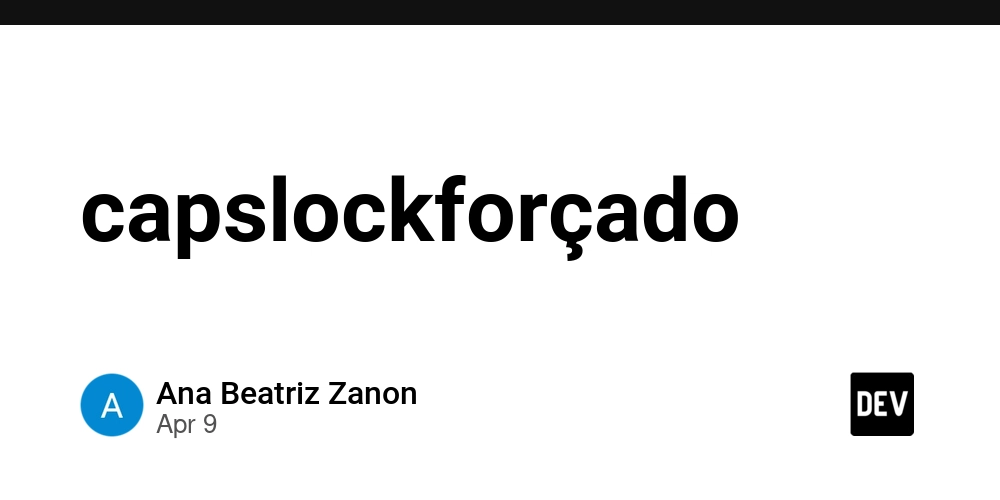
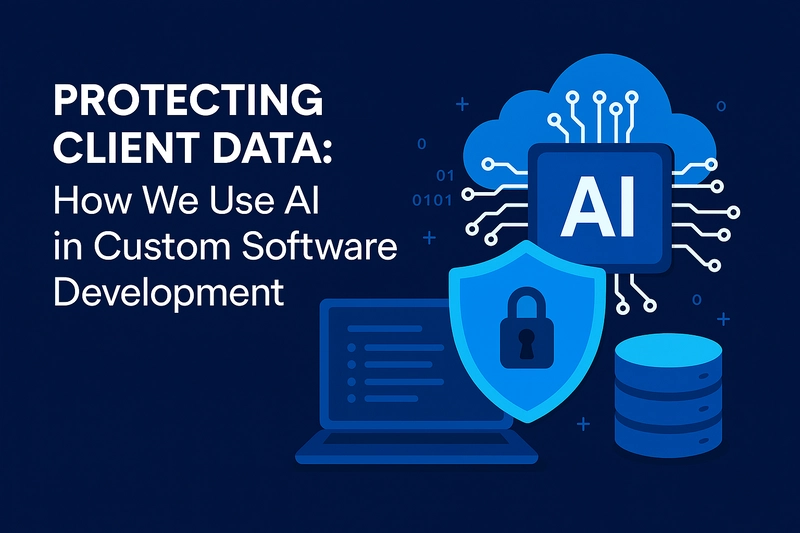
















![From drop-out to software architect with Jason Lengstorf [Podcast #167]](https://cdn.hashnode.com/res/hashnode/image/upload/v1743796461357/f3d19cd7-e6f5-4d7c-8bfc-eb974bc8da68.png?#)













































































































.png?width=1920&height=1920&fit=bounds&quality=70&format=jpg&auto=webp#)


.png?width=1920&height=1920&fit=bounds&quality=70&format=jpg&auto=webp#)




































































































































![Apple Rushes Five Planes of iPhones to US Ahead of New Tariffs [Report]](https://www.iclarified.com/images/news/96967/96967/96967-640.jpg)
![Apple Vision Pro 2 Allegedly in Production Ahead of 2025 Launch [Rumor]](https://www.iclarified.com/images/news/96965/96965/96965-640.jpg)
































































































